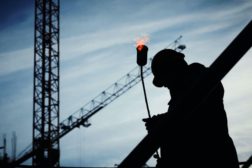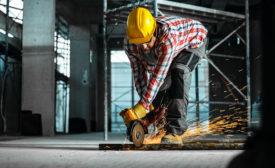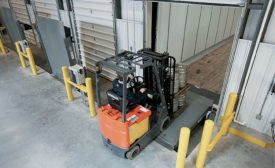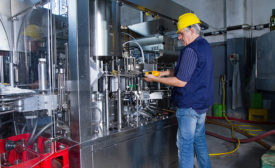Home » Keywords: » aging workforce
Items Tagged with 'aging workforce'
ARTICLES
Best Practices
How to prepare for rise in cancer rates
Survey on work-related exposure in EU to be published this year
February 6, 2023
4 things construction companies can do to optimize safety training for Gen Z
Safety rests on the quality of our training
November 1, 2022
Best Practices
Safety’s generation gap
Young & older pros have different values
February 3, 2020
Automated loading dock equipment a boon for aging workforce
Eliminate backbreaking manual labor
November 1, 2019
Choose the right footwear & accessories to combat the fatigue factor
As the workforce ages
September 9, 2019
Get our new eMagazine delivered to your inbox every month.
Stay in the know on the latest safety trends.
SUBSCRIBE TODAYCopyright ©2024. All Rights Reserved BNP Media.
Design, CMS, Hosting & Web Development :: ePublishing










